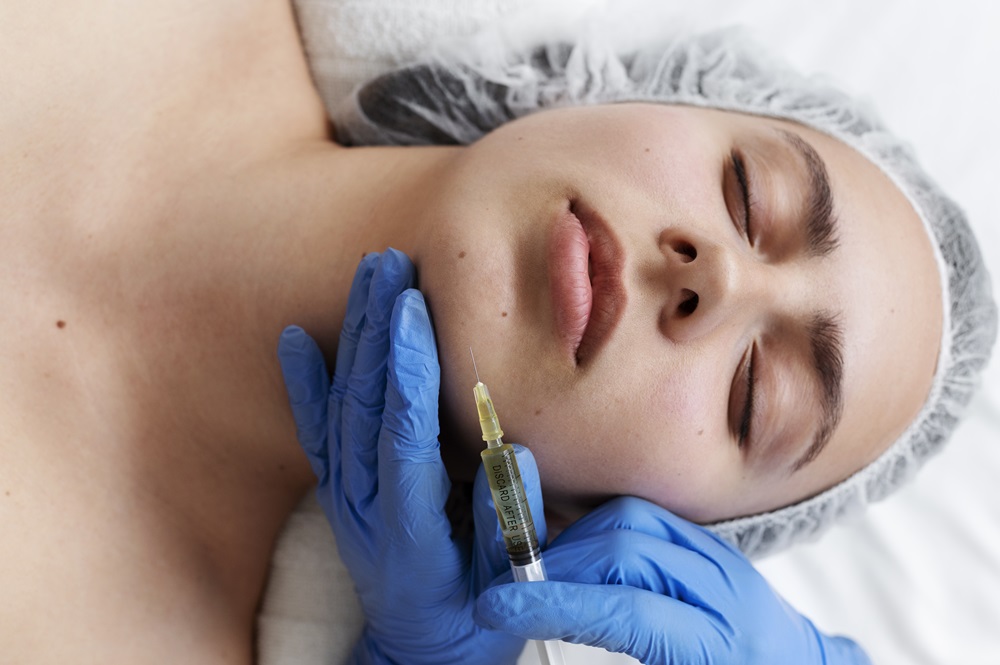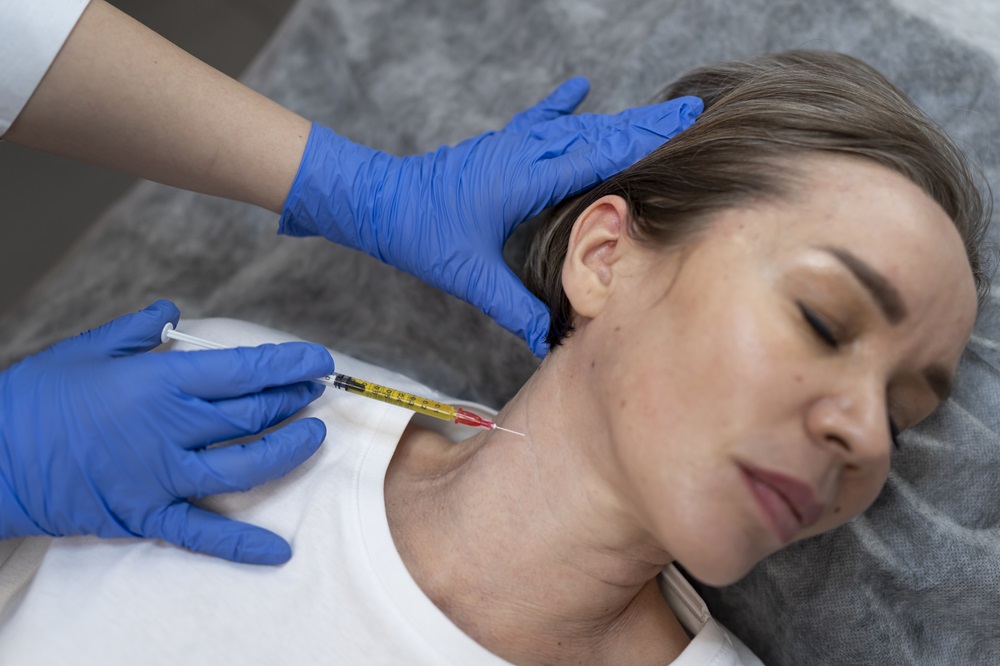If you’ve been searching for “microneedling prp near me,” you’re probably curious about what this treatment can actually do for your skin. Microneedling has become one of the most popular procedures in dermatology and aesthetics, and for good reason—it addresses some of the most common skin concerns people face.
The treatment works by creating tiny punctures in your skin with fine needles. Your body responds by ramping up collagen and elastin production, which are the proteins that keep your skin firm and smooth. While microneedling has several uses, two applications stand out as the most effective and sought-after.
Treating Acne Scars and Textural Issues
One of the biggest reasons people turn to microneedling is to improve the appearance of acne scars.
If you’ve dealt with acne, you know the frustration doesn’t always end when the breakouts clear up. Acne can leave behind indented scars, raised tissue, or uneven texture that affects how your skin looks and feels. These scars form when inflammation damages the collagen beneath your skin’s surface.
Microneedling addresses this problem directly. The controlled injury from the needles triggers your skin’s natural healing response. As new collagen forms, it fills in depressed scars and smooths out rough texture. Over time, the skin becomes more even and the scars less noticeable.
Results don’t happen overnight. Most people need three to six sessions spaced about four to six weeks apart. You’ll start seeing improvements after the second or third treatment, with continued progress over several months as collagen continues to build.
What makes microneedling particularly effective for acne scars is its ability to reach the deeper layers of skin where scarring occurs. Topical products can only do so much because they can’t penetrate deep enough. Microneedling creates channels that allow your skin to rebuild from within.
The treatment works on various types of acne scars, including rolling scars (which create a wave-like appearance), boxcar scars (which have sharp edges), and some ice pick scars (though these deeper scars may require additional treatments). People with darker skin tones can also benefit, as microneedling carries a lower risk of hyperpigmentation compared to some laser treatments.
Reducing Fine Lines and Rejuvenating Aging Skin
The second major application is anti-aging and skin rejuvenation.
As we age, our skin produces less collagen—about 1% less each year after our mid-twenties. This leads to fine lines, wrinkles, and sagging skin. Microneedling counteracts this natural decline by stimulating fresh collagen production.
The treatment is especially effective for fine lines around the eyes, mouth, and forehead. These areas show aging first because the skin is thinner and more delicate. By encouraging collagen growth, microneedling helps plump the skin and soften these early signs of aging.
Beyond wrinkles, microneedling improves overall skin quality. Many people notice their skin feels firmer and looks more radiant after a series of treatments. The improved texture and tone create a more youthful appearance without the need for invasive procedures.
Microneedling also enhances your skin’s ability to absorb serums and other products. Those tiny channels created by the needles allow active ingredients to penetrate deeper, making your skincare routine more effective. Many providers apply growth factors or hyaluronic acid immediately after treatment to maximize benefits.
One popular variation combines microneedling with platelet-rich plasma (PRP), sometimes called the “vampire facial.” Your blood is drawn, processed to concentrate the platelets, and then applied to your skin during or after microneedling. The growth factors in PRP may enhance collagen production and speed healing, though this combination does increase the cost.
The anti-aging effects of microneedling are cumulative. While you might see a glow after your first session, the real transformation happens over months as your skin builds new collagen. Most people schedule maintenance treatments every six to twelve months to sustain results.

Is Microneedling Right for You?
Both applications—scar treatment and anti-aging—work because they harness your body’s natural healing abilities. There’s minimal downtime (usually just a day or two of redness), and the risks are relatively low when performed by a qualified professional.
The best candidates are people with realistic expectations who understand that results take time. You won’t walk out looking completely different, but with patience and proper aftercare, you can see meaningful improvements in your skin’s texture, tone, and overall appearance.
If you’re considering microneedling, schedule a consultation with a board-certified dermatologist or licensed aesthetician. They can assess your skin, discuss your goals, and create a treatment plan tailored to your needs.
Frequently Asked Questions
What is microneedling with PRP and how does it work?
Ans: Microneedling with PRP combines tiny skin punctures with platelet-rich plasma from your own blood. The PRP delivers growth factors that boost collagen production, accelerate healing, and enhance overall skin rejuvenation.
What skin concerns can microneedling with PRP treatment?
Ans: It effectively improves acne scars, fine lines, wrinkles, uneven skin texture, and dullness. The treatment helps rebuild collagen and elastin for smoother, firmer, more radiant skin.
How many microneedling PRP sessions are needed for best results?
Ans: Most people see noticeable improvements after 3–6 sessions spaced about 4–6 weeks apart. Maintenance treatments every 6–12 months help sustain smoother, youthful-looking skin.
Is microneedling PRP safe for all skin types?
Ans: Yes. When performed by a qualified professional, microneedling PRP is safe for most skin tones and types. It carries a lower risk of pigmentation issues compared to many laser treatments.
What’s the downtime after microneedling with PRP?
Ans: You can expect mild redness or sensitivity for one to two days. Most people resume normal activities quickly, and results improve gradually over several weeks as collagen rebuilds.


